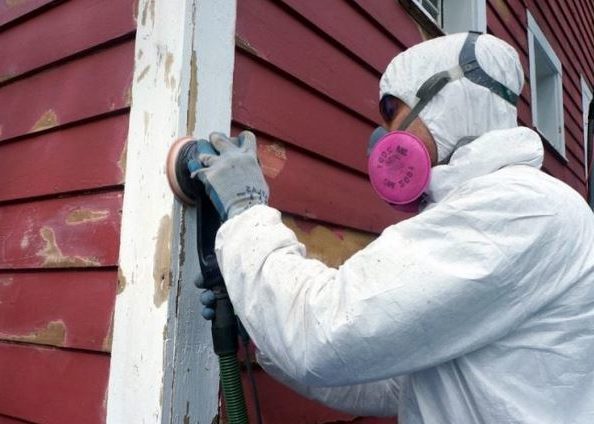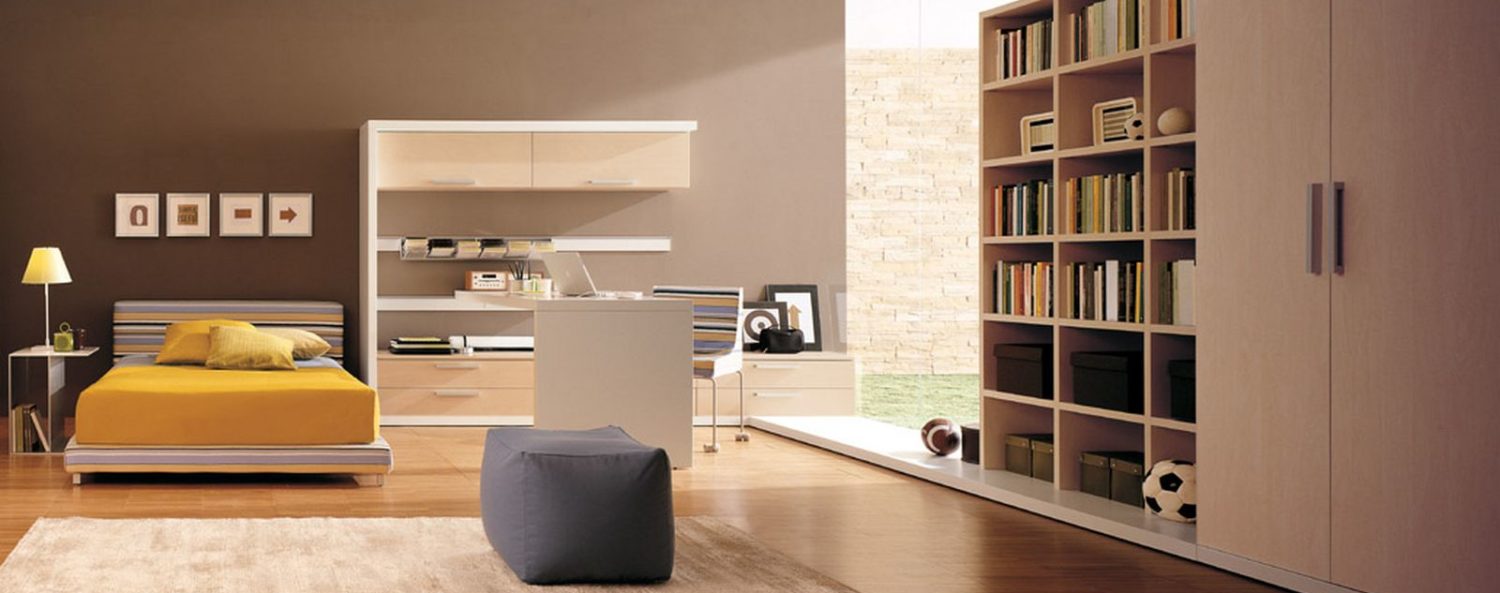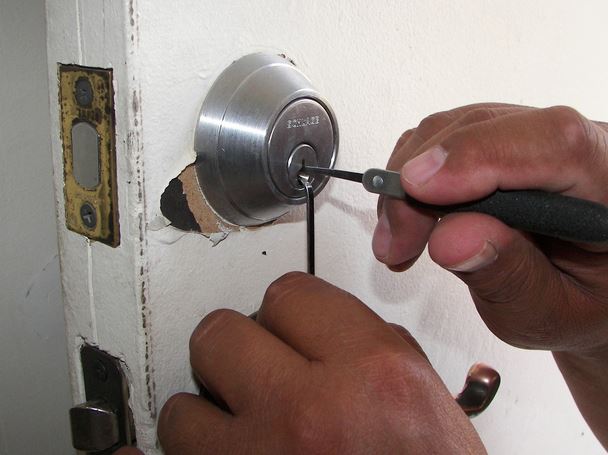Exterior sanding and painting
 Do you have an exterior painting project that needs to be done? The following article will show you the basic steps on how to prepare an exterior surface to be repainted. The tools you might need for this project include paint scraper, random orbit sander, 40 grit sanding disc, detail sander, wood filler, putty knife, paintbrush, exterior primer, and exterior paint. Start your project by using a scraper to loosen and remove the old paint from the exterior surfaces. This will provide a more stable surface for the new primer and paint to adhere to.
Do you have an exterior painting project that needs to be done? The following article will show you the basic steps on how to prepare an exterior surface to be repainted. The tools you might need for this project include paint scraper, random orbit sander, 40 grit sanding disc, detail sander, wood filler, putty knife, paintbrush, exterior primer, and exterior paint. Start your project by using a scraper to loosen and remove the old paint from the exterior surfaces. This will provide a more stable surface for the new primer and paint to adhere to.
Once you have removed as much loose paint as possible, begin sanding with a random orbit disc sander. Use an extra course grit to continue to smooth any remaining old paint. It is not necessary to remove all of the old paint. Your goal is to remove as much paint as possible and to leave the surface as smooth as possible prior to painting. (more…)

 There are times that you find yourself frustrated regardless of how careful you are with your keys. You may have forgotten to take out keys before shutting your front door. In that case, you are likely to access your home by breaking windows, which exposes your home to security threats. Similarly, when you lose your keys, you become anxious, especially when you need to access your home or car urgently. You don’t have to despair if these situations happen to you. You are not stuck irrespective of the state because emergency locksmiths are always available to help you out of the emergency. Here are a few reasons or situations when calling an emergency locksmith would be inevitable.
There are times that you find yourself frustrated regardless of how careful you are with your keys. You may have forgotten to take out keys before shutting your front door. In that case, you are likely to access your home by breaking windows, which exposes your home to security threats. Similarly, when you lose your keys, you become anxious, especially when you need to access your home or car urgently. You don’t have to despair if these situations happen to you. You are not stuck irrespective of the state because emergency locksmiths are always available to help you out of the emergency. Here are a few reasons or situations when calling an emergency locksmith would be inevitable. Responsible homeowners don’t want to live in a dirty, disorganized house. The challenge is, keeping up with cleaning chores can be overwhelming and exhausting, especially if you have health concerns or a busy schedule. Luckily, you can turn to a professional service to give you a helping hand. It’s important to choose the right company for the job.
Responsible homeowners don’t want to live in a dirty, disorganized house. The challenge is, keeping up with cleaning chores can be overwhelming and exhausting, especially if you have health concerns or a busy schedule. Luckily, you can turn to a professional service to give you a helping hand. It’s important to choose the right company for the job. If you drive through this country, you’ll notice these things. Now, sure they’re the average looking termite mound, but these ones are a little bit special. They’re called a magnetic termite mound. And the termites inside can actually build their nest using the magnetic fields of the earth.
If you drive through this country, you’ll notice these things. Now, sure they’re the average looking termite mound, but these ones are a little bit special. They’re called a magnetic termite mound. And the termites inside can actually build their nest using the magnetic fields of the earth. This week I have a great tip for making homemade hardwood floor cleaner using a few simple ingredients you probably already have around the house. That’s what we’re talking about on this week’s tidbit.
This week I have a great tip for making homemade hardwood floor cleaner using a few simple ingredients you probably already have around the house. That’s what we’re talking about on this week’s tidbit.